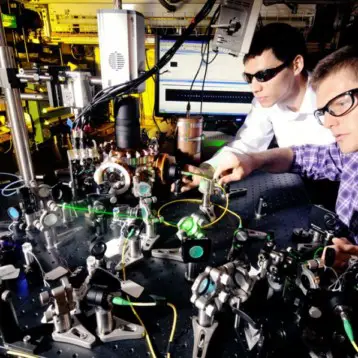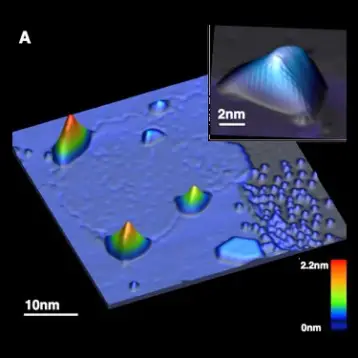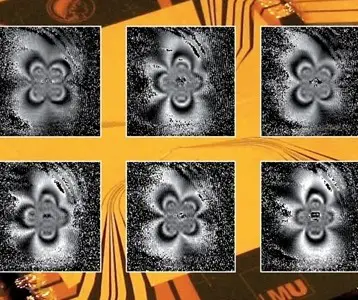|
Update: CERN announced yeterday that “the time necessary for the investigation and repairs precludes a restart before CERN’s obligatory winter maintenance period, bringing the date for restart of the accelerator complex to early spring 2009”.
The new Large Hadron Collider (LHC) was turned on less than two weeks ago, on September 10th. The first step was sending beams in both directions along the 16.7 mile long collider. This was achieved already on the first day of the collider’s commission. The spectacular performance continued when on the first night a beam orbited several hundred times. The next step will be colliding two beams going in opposite directions.
This stage was scheduled to begin a number of weeks after the LHC was switched on. The interim time was spent recovering cryogenic conditions after the failure of a power transformer on one of the surface points of the LHC switched off the main compressors of the cryogenics for two sectors of the machine. During the replacement of the 30 ton transformer the cryogenics system was put into standby mode with the two sectors kept at around 4.5 Kelvin (-268.65 degrees Celsius). Following the replacement the cryogenics team re-cooled the magnets and prepared them for operation with the beam.
|
But a major setback will delay these operations by no less than two months. On Friday September 19th, during commissioning of the final LHC sector (sector 34), a liquid helium leak into the tunnel occurred. About a ton of liquid leaked and vacuum conditions were lost. As a result of the leak, the temperature of about 100 magnets in this sector rose by approximately 100 degrees Kelvin, making them nonoperational (their operating temperature is 1.9 Kelvin). Initial investigations indicate that a faulty electrical connection between two magnets probably melted at high current, resulting in mechanical failure.
In its press release regarding this incident CERN assured the media that due to its strict safety regulations at no time was there any risk to people. A full investigation is underway but already it is clear that the sector has to be heated before repairs can be made. Whereas in a standard conducting machine such repairs would be a matter of days, the low temperatures of the LHC, close to the absolute zero, translates to a downtime of at least two months for heating, repairs, and cooling procedures to be completed. In addition to the shutdown of the collider, CERN spokesman James Gillies said on Saturday that the breakdown would be costly.
TFOT will continue following the LHC developments and will report on any advances or additional setbacks. Previous TFOT stories on the LHC include a report on its final synchronization test and an article about the switch on of the LHC and the hype surrounding it.
The official CERN press release can be found here.












